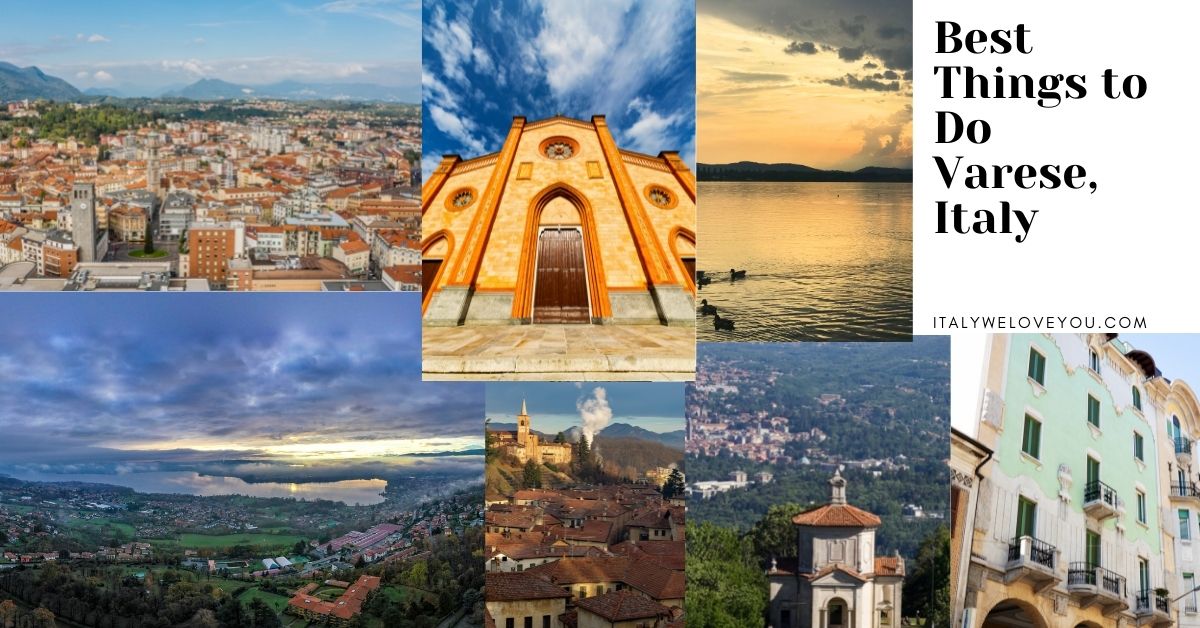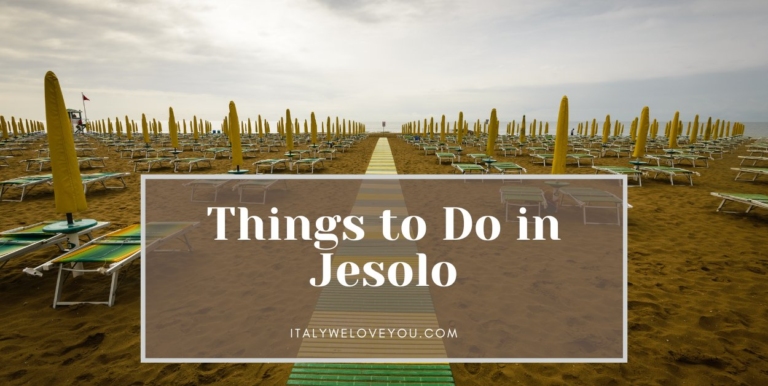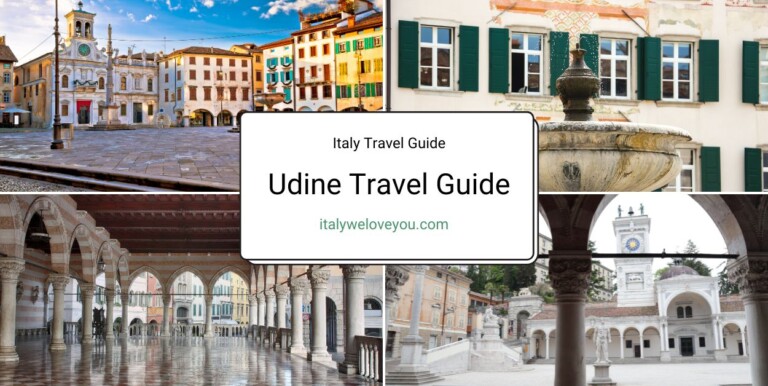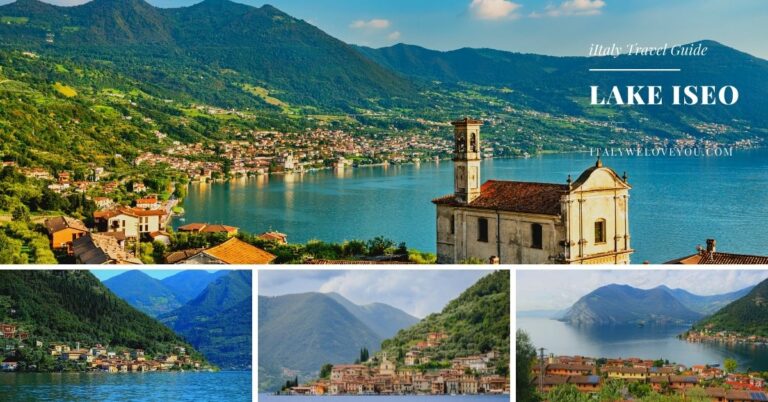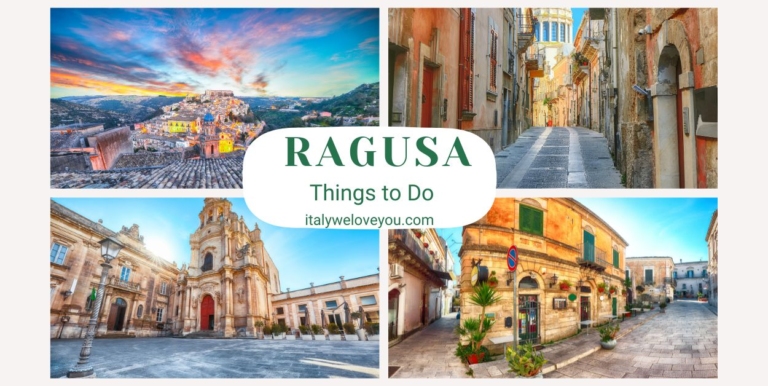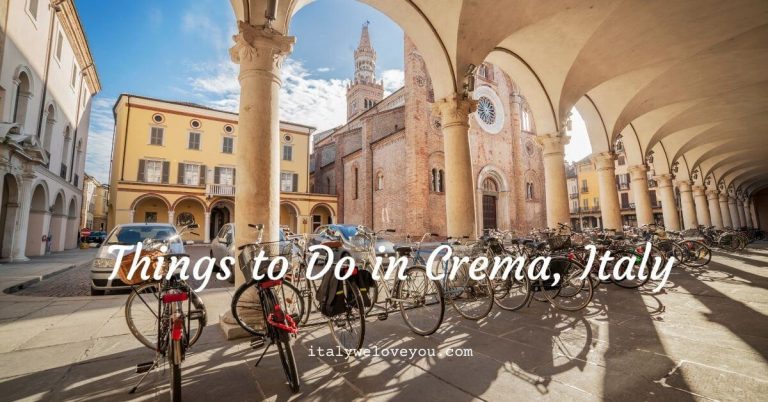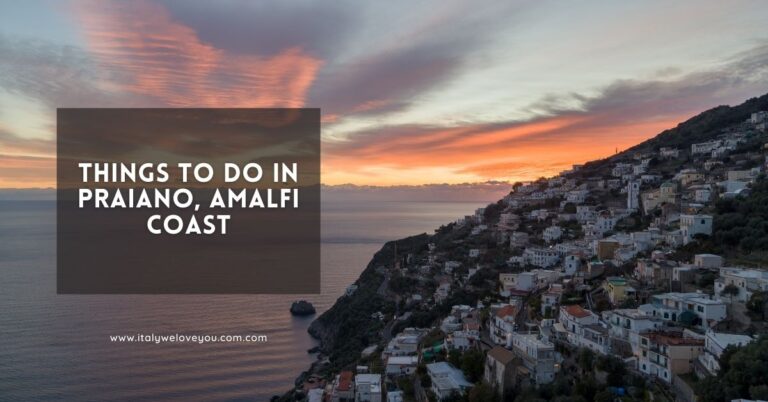16 Best Things to do in Varese, Italy
Varese is one of the provinces of Lombardy with the most attractions to offer. In fact, there are many churches, monuments, and historic villas to see while walking through the streets of the historic center, which can be easily visited on foot. The historic center of Varese is picturesque and full of life.
Corso Matteotti
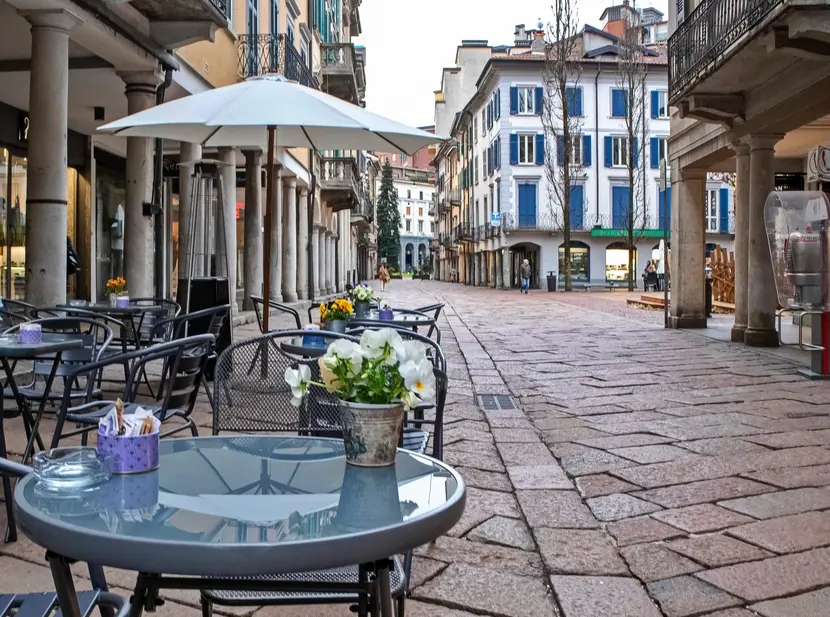
Corso Matteotti is the main street of Varese and is pedestrianized. The street is flanked by the so-called “a lista” houses, which in the past served as a shop and private home.
On the ground floor, under the arcades, there was the entrance to the shops; on the first and second floor, there was the house, with the living area on the first floor and the bedrooms on the upper floor.
The side facing Via Veratti, where the Vellone stream once flowed, was reserved for the vegetable gardens where each nucleus cultivated the necessary for family consumption.
The pavement of Corso Matteotti is in pink porphyry, a volcanic material extracted in a valley near Varese. Today Corso Matteotti hosts numerous shops and clubs, which make it the beating heart of Varese.
Piazza del Podestà
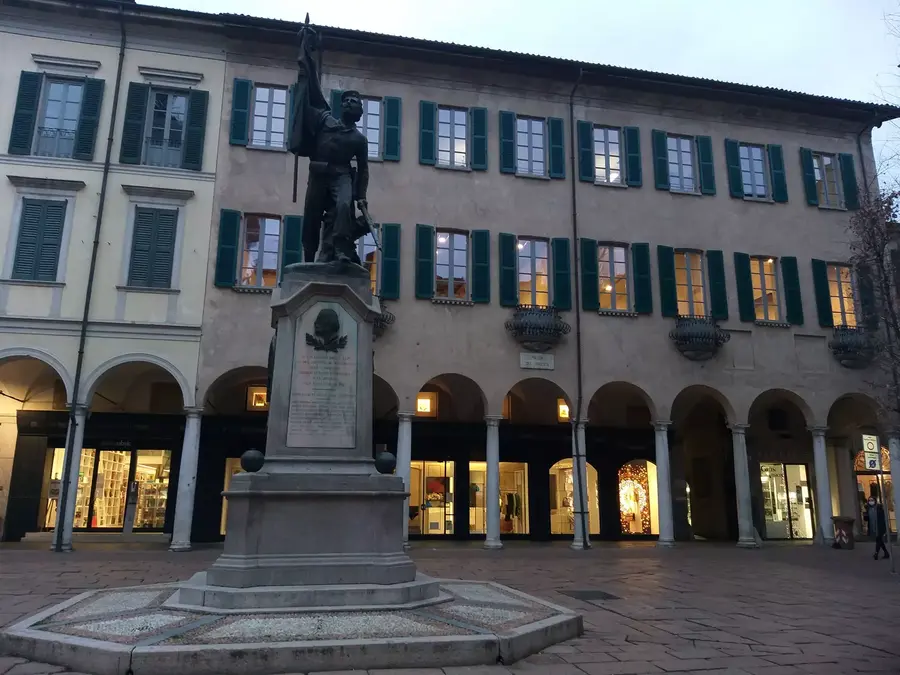
Continuing along Corso Matteotti, you arrive in Piazza del Podestà; a monument to Garibaldi’s soldiers is in the center of this square. The square is a sort of connection between Corso Matteotti and other streets in the center of Varese.
In Piazza del Podestà, we find the Palazzo del Pretorio, the palace that was the seat of the municipal government for more than three hundred years.
Its façade was built in the nineteenth-century style, while the interiors date back to the 16th century. Very particular are the gardens that are located around the main building.
A small bell tower is still visible on the roof of the Palazzo del Pretorio: the bell was installed in 1589 with the aim of signaling to the population, with its tolls, the beginning of the curfew, the calling of civic meetings or other events of general interest.
Palazzo Biumi
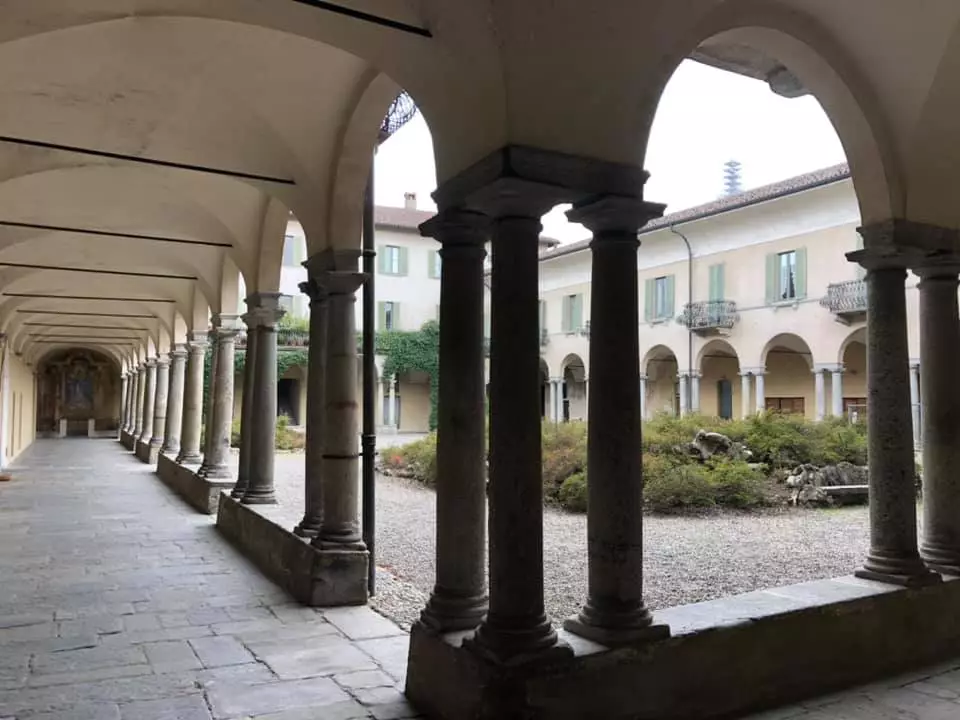
Also in Piazza del Podestà there is another historic building of great value: Palazzo Biumi. This palace, also known as “Broletto”, has its entrance next to Palazzo del Pretorio. The palace was erected in the 14th century at the behest of the noble Biumi family.
The courtyard is particularly impressive inside the building: in this place where time seems to have stopped, the grain market was held until the end of the nineteenth century. Today the complex is partly owned by the municipality and partly by private individuals.
Il Garibaldino
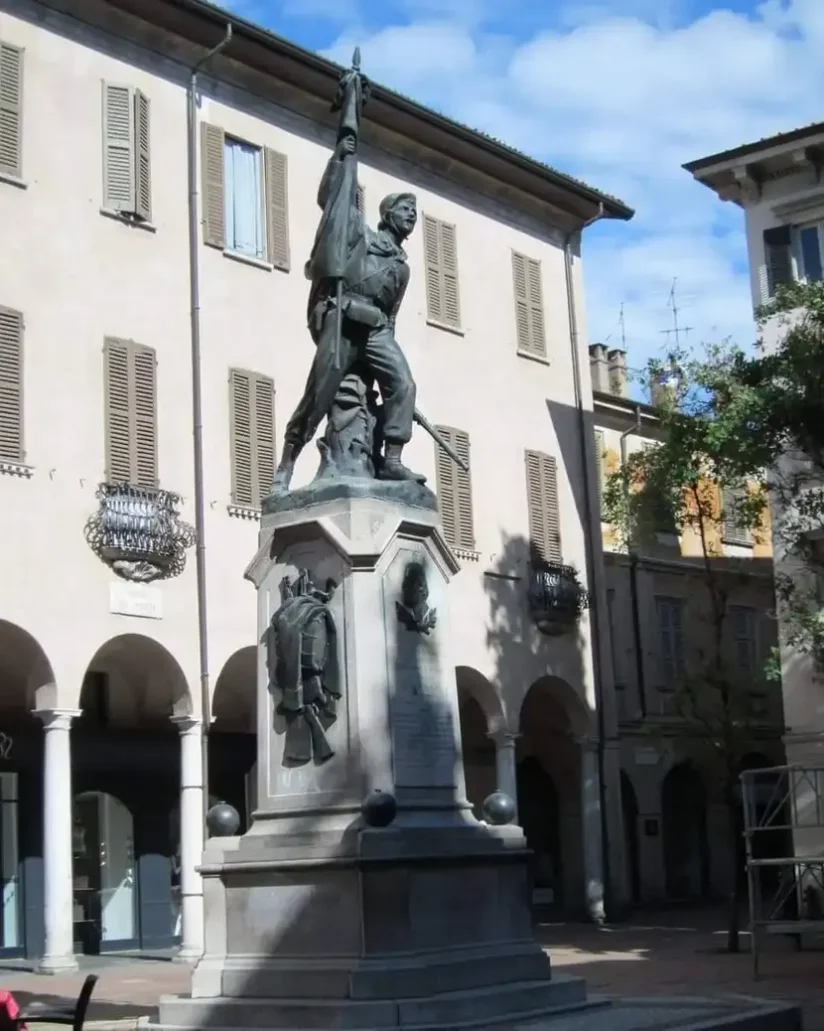
Finally, in Piazza del Podestà, we also find the Monument to the Battle, also known as the monument “To the Hunter of the Alps” or simply as “Il Garibaldino”.
It is a bronze statue that intends to remind everyone of the victorious battle that took place in Varese during 1859. In reality, however, the one on display is only a copy, the original monument is located in fact in the former Garibaldi barracks.
The Battle of Varese was fought on May 26, 1859 and was precisely fought between the volunteers of the Alps, commanded by Giuseppe Garibaldi, against the Austrian troops of the Lombard-Veneto Kingdom. The Austrians were then defeated near Como.
Arco Mera
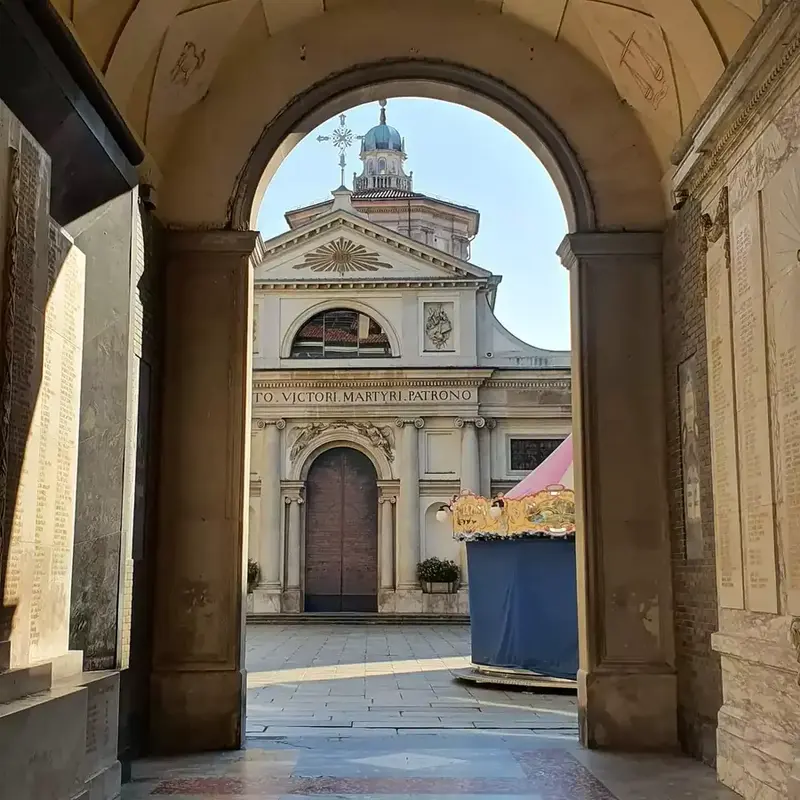
The Arco Mera, one of the symbols of Varese, connects Corso Matteotti with Piazzetta San Lorenzo, where the Basilica of San Vittore stands. The arch, which amazes for its elegance and grandeur, was built at the behest of the canon Luigi Mera, and is distinguished by some statues and bas-reliefs.
Basilica San Vittore
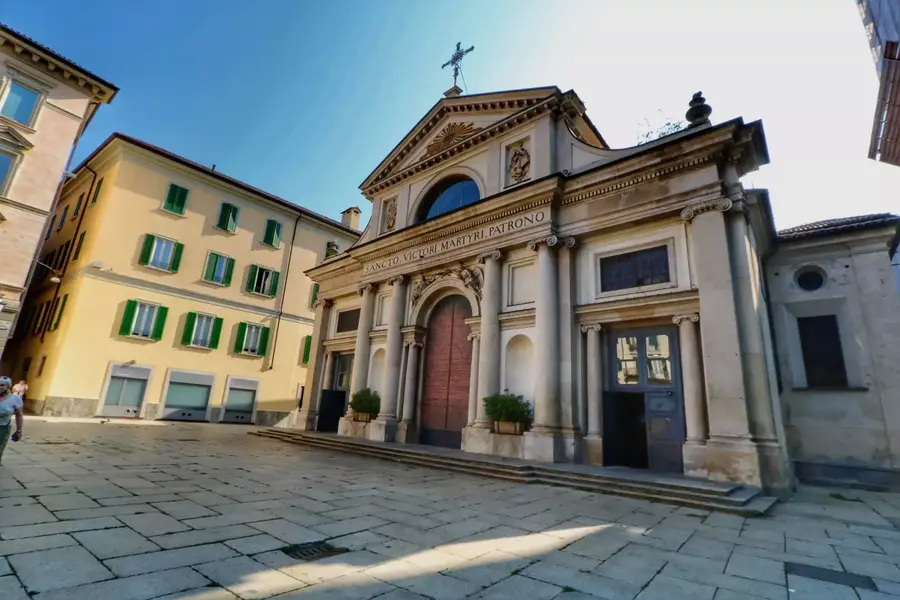
The Basilica of San Vittore, located in a small square in the historic centre of Varese, is one of the most important places of worship in the city. Dedicated to San Vittore, the basilica was built between the 16th and 17th centuries and also includes the Gothic-style baptistery and the Baroque bell tower. The Basilica of San Vittore is a small masterpiece and preserves works of art of considerable value. Inside you will find frescoes and sacred furnishings. In particular in the Chapel of San Gregorio, which hosts the “Mass of San Gregorio Magno” by Giovan Battista Crespi, known as “il Cerano”. And, again, in the chapel of the Maddalena and in the chapel of the Rosary, where you can admire notable seventeenth-century works by Pier Francesco Mazzucchelli, known as “il Morazzone”.
Baptistery of San Giovanni
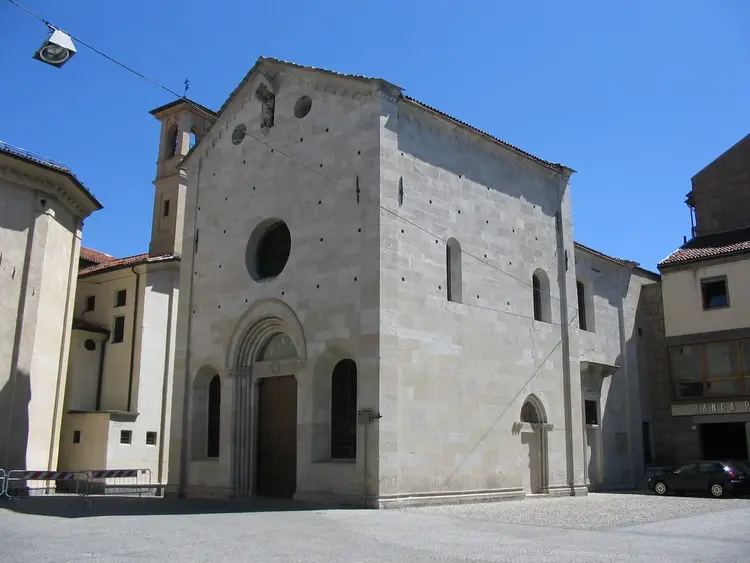
Attached to the Basilica of San Vittore we find the Baptistery of San Giovanni, declared a National Monument. It was built between the 12th and 13th centuries, in the place where another church once stood. The façade of the Baptistery is in the shape of a hut and there is also a statue, dating back to 1300. On the portal there are some very particular frescoes. There have been several restoration interventions which the structure has undergone over the years, during one of which the original walls, dating back to the eighth century and an ancient baptismal font were also found. Inside the baptistery it is possible to admire some frescoes depicting the Baptism of Christ, but which have remained unfinished. Throughout the building the frescoes are numerous and portray the Madonna of Mercy, the Crucifixion of Jesus and episodes from the Gospel.
Bernasconi Tower
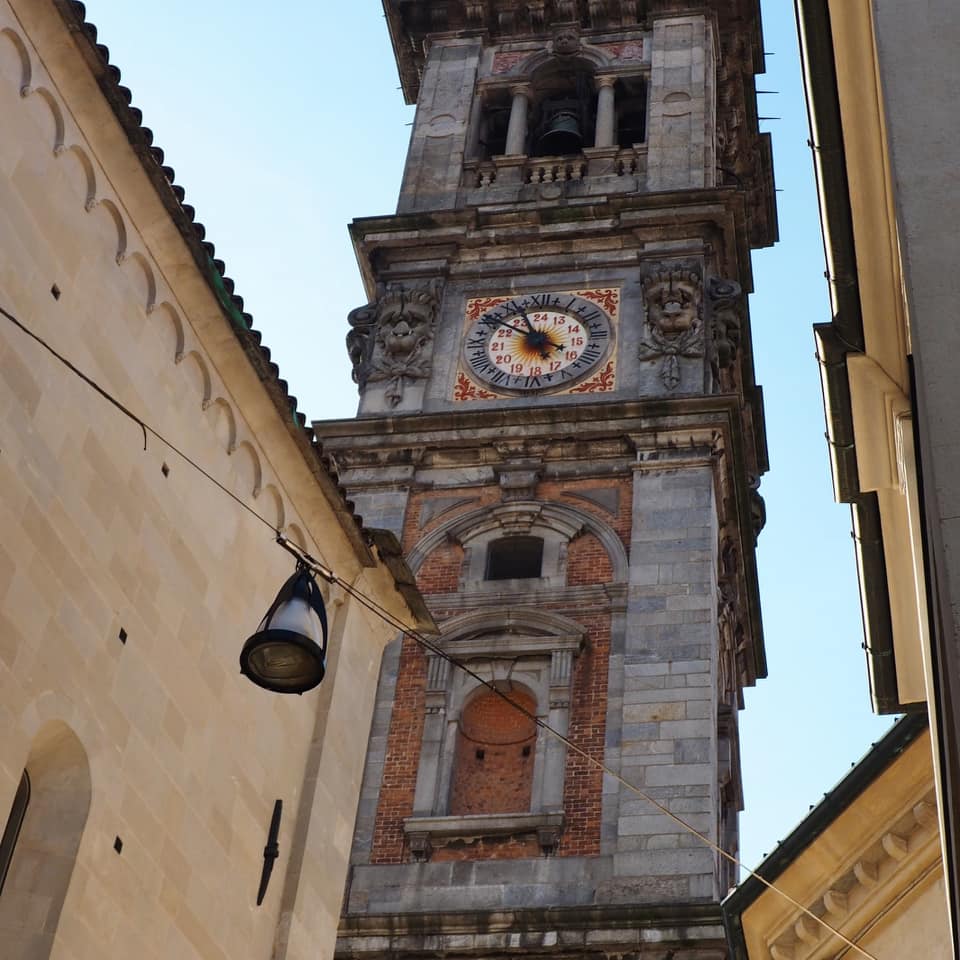
The Bell Tower, visible from many points of the city, thanks to its height of 80 meters, is located near the Basilica of San Vittore and has become one of the symbols of Varese. It was built starting in 1617, but the work, including pauses and resumes, ended only in 1773. Inside the tower there is a staircase made up of 230 stone steps, which allows you to reach the top, where there are eight bells. The largest bell dates back to 1825 and has a diameter of 178 centimeters. From another staircase you can reach the tower room, with its terrace, which allows you to admire a beautiful view over the whole city. The bell tower was built on a project by Giuseppe Bernascone, known as “il Mancino”.
Ex monastero di S. Antonino
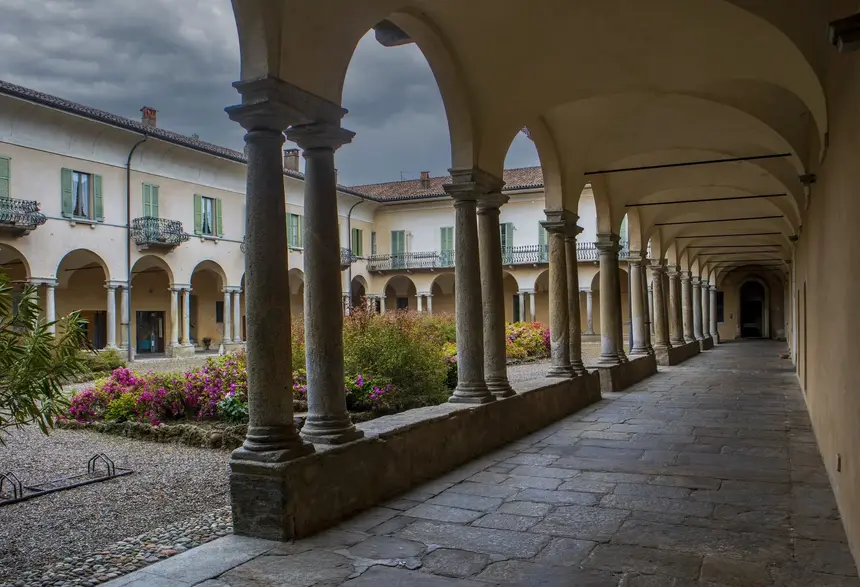
Returning to Corso Matteotti, we also find the ancient Monastery of Sant’Antonino. Its beautiful cloister is a real oasis of peace within the historic center of Varese.
The convent was built in the 16th century when Cardinal Carlo Borromeo transferred some nuns from the Luvinate Monastery to Varese.
Later the Monastery was abandoned, then used as a public building for exhibitions and shows, and finally renovated in 1987 by the Veratti family. Today it is possible to walk in the cloister and under the portico, admiring the life of Varese in the past.
Casa Perabò
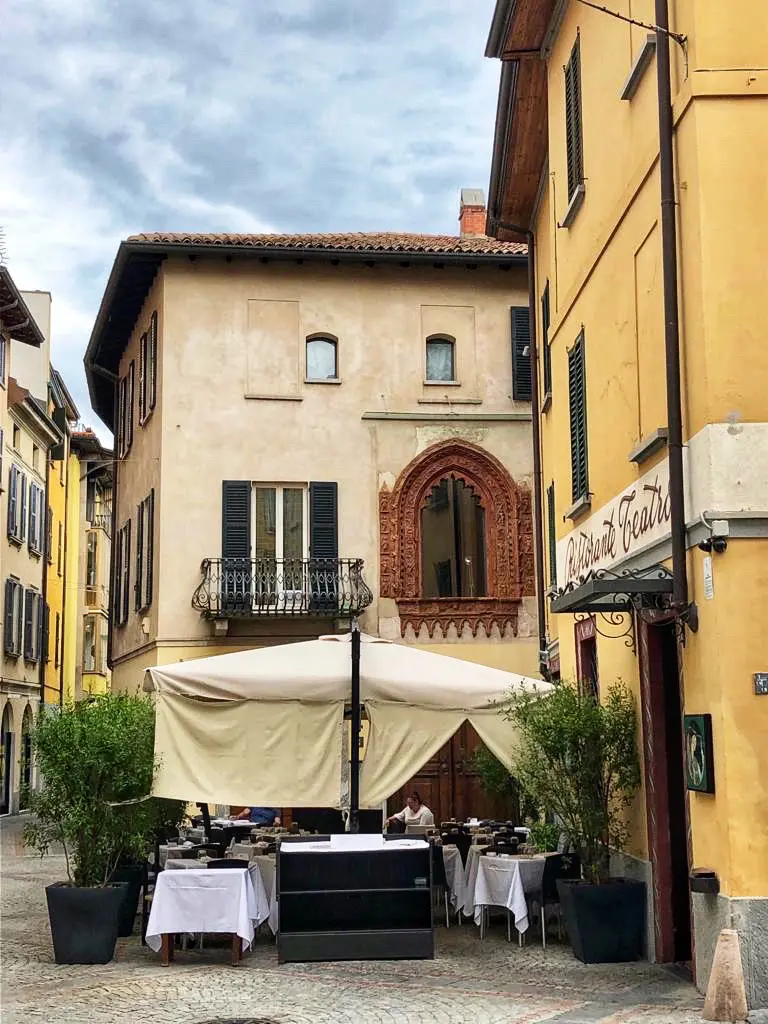
In the heart of the historic centre of Varese, one cannot fail to notice a splendid Gothic window located in Via Albuzzi. This is the Perabò House, owned by one of the most important families in Varese. The window has an inestimable historical and artistic value: it is an original window from the second half of the 15th century.
Palazzo Estense
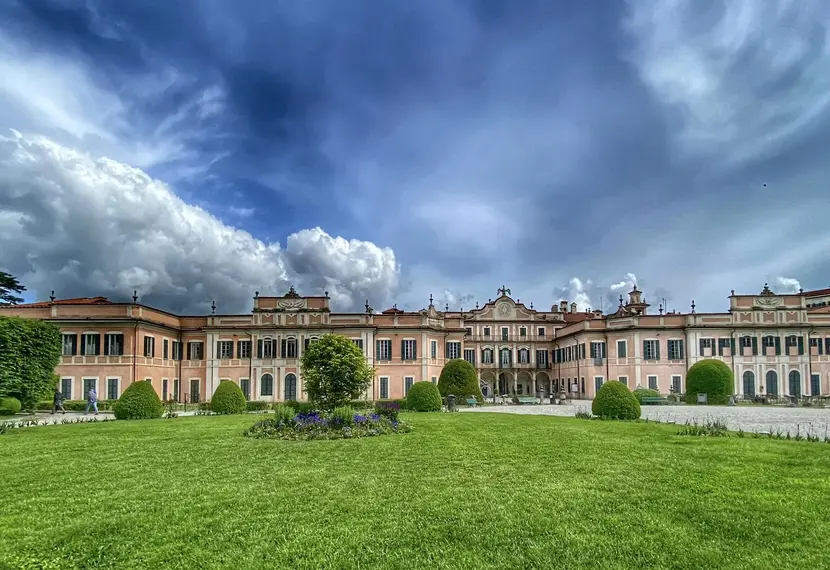
In Varese stands the majestic Estense Palace, the residence of Frederick II of Este, former Duke of Modena, and Reggio Emilia in the 18th century. Stendhal defined this palace as the “Versailles of Milan” and its beauty has always enchanted tourists and visitors.
One facade of Estense Palace faces the city center, the other towards the gardens. The architectural style is a mixture of baroque and neoclassicism. To admire the Hall of Honor (or Estense Hall) where there are beautiful frescoes, which alternate in games of perspectives. In this hall, there is a huge fireplace entirely covered with marble, inside concerts and conferences are held. On the first floor of the building, there is the Ballroom, where you can admire various paintings. Since 1882 the Estense Palace has been the seat of the Varese Town Hall.
The park is inspired by the imperial palace of Schönbrunn in Vienna. It is characterized by a perfect combination of the most classic elements of the Italian garden and the majesty of the French garden.
Here you can stroll among ancient trees, rare plants, rose gardens, flower beds, pergolas, fountains, and ponds inhabited by ducks and swans. Its fulcrum is a nymphaeum placed on a hill. Climbing the stairs in front of the fountain, you then arrive at Villa Mirabello and the Robbioni Tower. Admission to the Estensi Gardens in Varese is free.
Villa Mirabello
Villa Mirabello, which was built in the 18th century by Count Gaetano Stampa, is now the seat of the Archaeological Museum owned by the municipality. The Robbioni Tower, which is part of Villa Mirabello, was built in 1846 in an elevated position on a small hill.
In fact, from the top of the tower you can admire a wonderful view of the city and the entire landscape that surrounds it.
Villa Panza
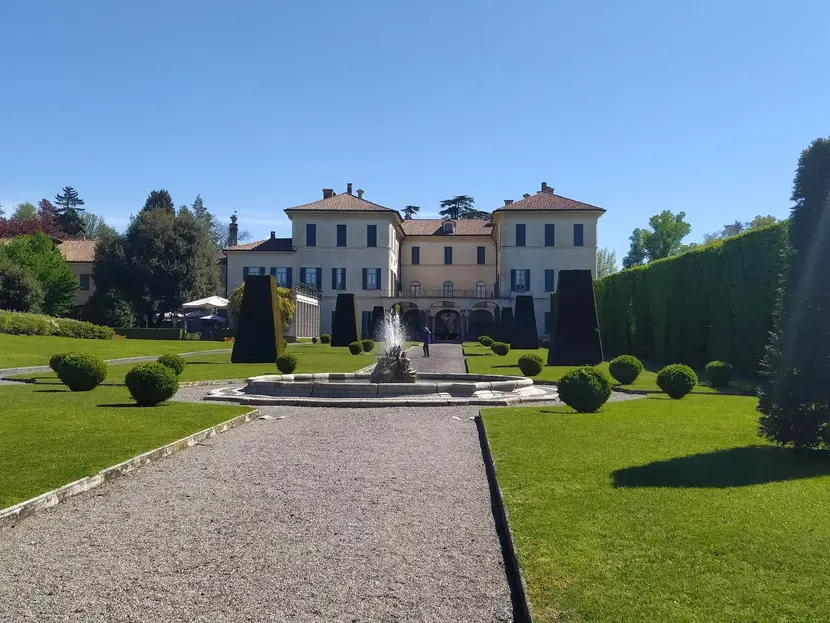
Outside the historic center, Villa Panza (a mid-18th-century building) is worth visiting in Varese. This elegant eighteenth-century villa has been transformed into a museum and houses a remarkable collection of international contemporary art, especially American and temporary contemporary art exhibitions.
The permanent collection is of considerable importance and succeeds in the difficult aim of transforming a stately building into a temple of contemporary art.
Among the works of art on display are works by Dan Flavin, Bob Verschueren, Robert Irwin, Wim Wenders, Stuart Ian Frost, James Turrell, Peter Randall-Page, Meg Webster, and many others.
The villa is surrounded by a vast park of 33,000 square meters, with a splendid Italian garden.
Torre di Velate
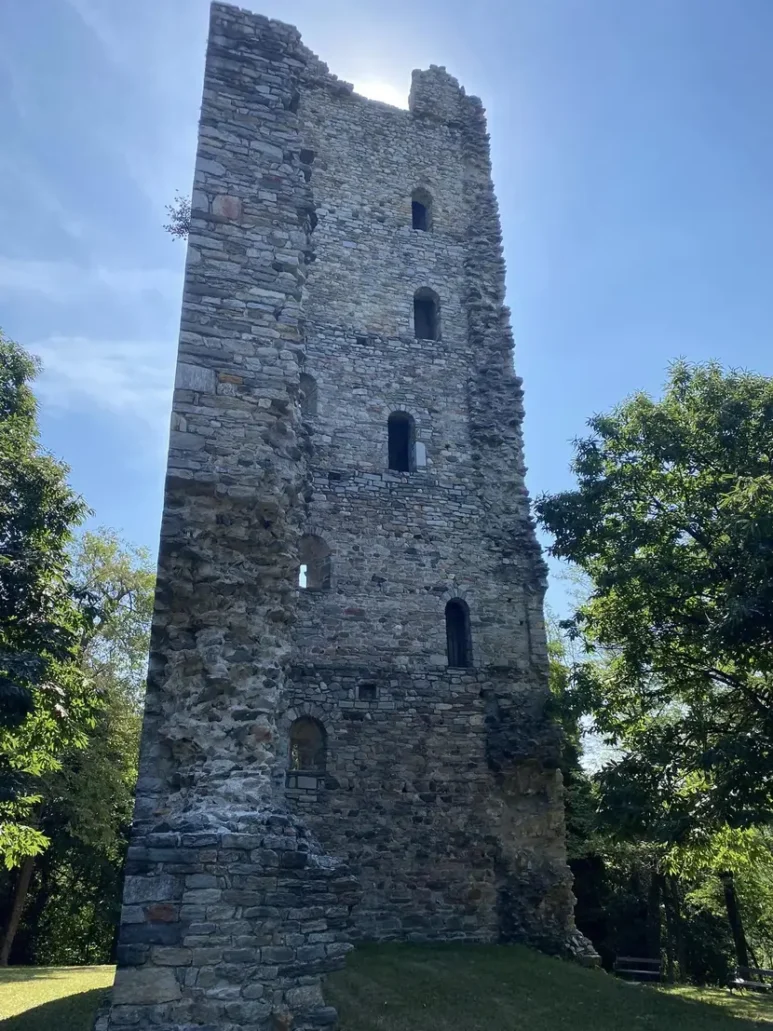
In the southern part of the city of Varese is the Torre di Velate, a tower built to defend this area from external incursions. Unfortunately, what it is possible to admire today of this ancient tower are only some of its walls, but it remains important for the city’s history.
The tower was built around the 11th century, inserted in the ancient defensive structure, and was intended as a military garrison of the underlying road to Lake Maggiore. The structure, in bare stone, with a quadrangular plan, reaches 33.5 meters in height.
The mighty fortress, of which only two sides remain and only one fully preserved, was severely damaged at the end of the 12th century by the Milanese, victorious over the imperial militias and the allies of Frederick I Hohenstaufen.
Currently, the tower constitutes a point of reference in the hilly landscape of the surroundings of Varese.
Sacro Monte
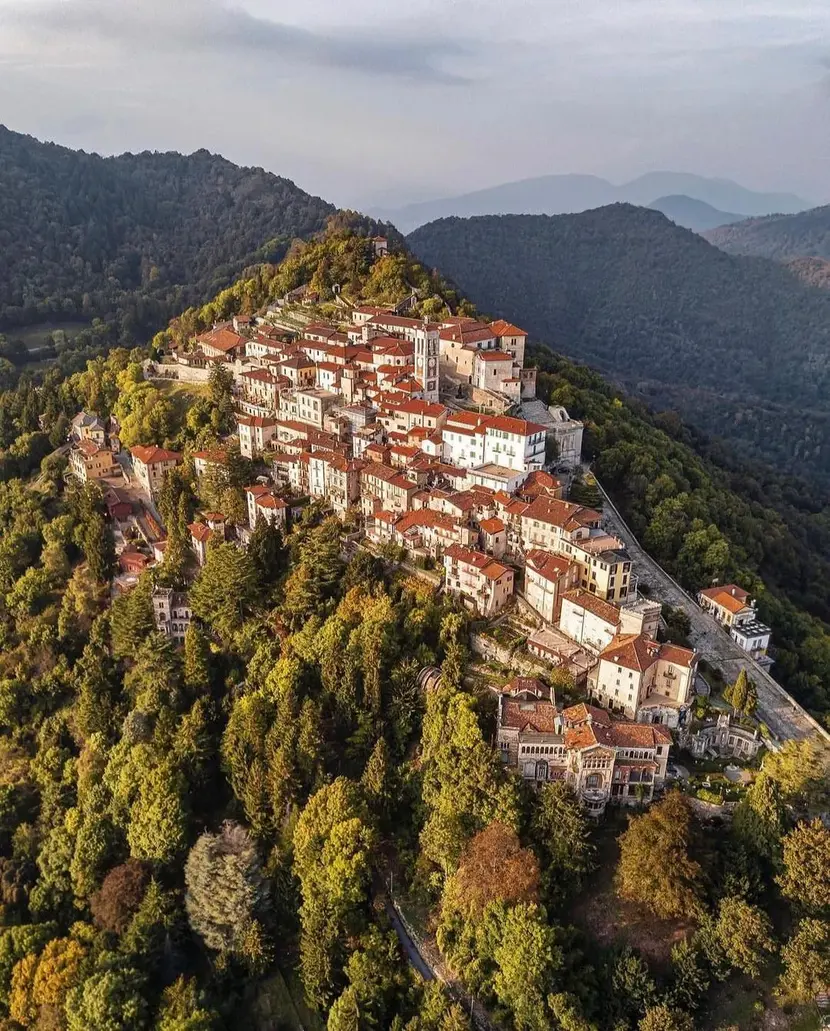
Among the things to do in the surroundings of Varese, the ascent to the Sacro Monte (Holy Mount) by funicular is undoubtedly worth mentioning. The current Vellone-Sacro Monte funicular is part of an ancient funicular inaugurated in 1909 and active until the early 1950s. The funicular leaves from the Vellone Valley station and reaches the village of Sacro Monte di Varese in 2 minutes. Arrived at the final station of the funicular, you can head both towards the Sanctuary of Santa Maria del Monte and towards Piazzale Pogliaghi, from where you take the paths to reach the Campo dei Fiori. The funicular journey is the most comfortable and fastest way to climb Sacro Monte di Varese, enjoying a beautiful view from above over the valley below.
The Sacro Monte di Varese, included in the UNESCO World Heritage List since 2003 among the 9 Pre-Alpine Sacred Mountains of Piedmont and Lombardy, is one of the things to see in Varese if you like outdoor walks. The route on the Sacro Monte di Varese winds through 14 chapels dedicated to the mysteries of the Rosary and is about 2 kilometers long. The final destination of the walking route is the Sanctuary of Santa Maria del Monte, chapel number 15, a pilgrimage destination known since the Middle Ages. Nearby there are also the paths and the most beautiful places of the Campo dei Fiori Regional Park, spread over 5,400 hectares and rich in flora and fauna, as well as breathtaking views and landscapes.
Lake Varese
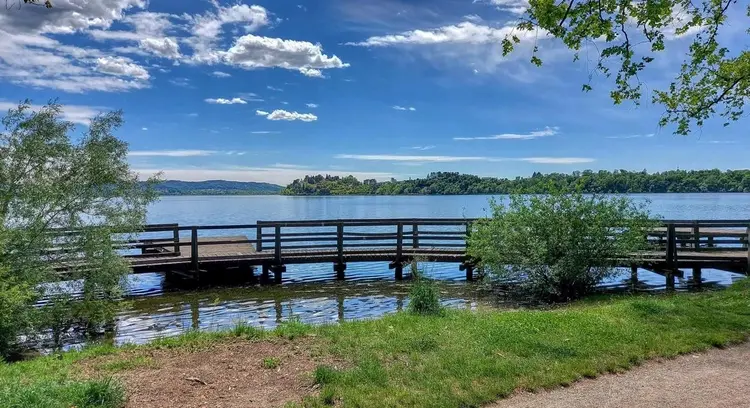
Finally, moving a little away from the city center, you can take pleasant walks, excursions, and pedals along the beautiful Lake Varese, 6 kilometers from the city.
Surrounded by luxuriant nature, the lake is the perfect destination for a trip out of town in the surroundings of Varese.
Bikers can cycle along the 27-kilometer cycle-pedestrian path that goes around the lake and crosses several characteristic towns.

